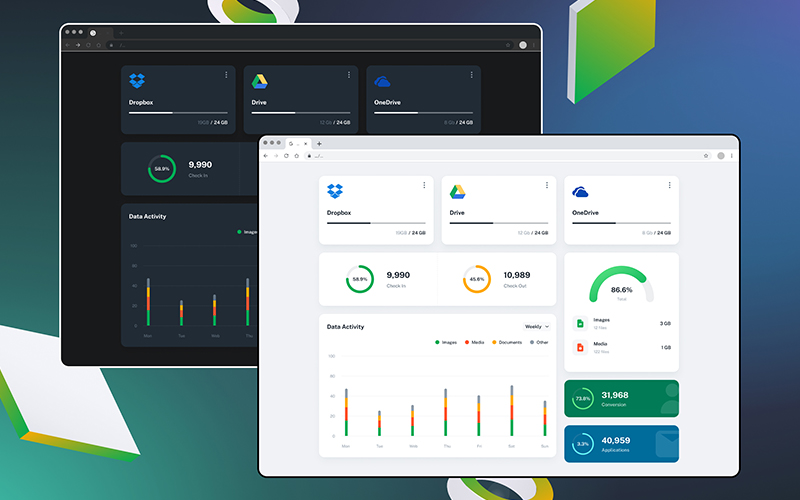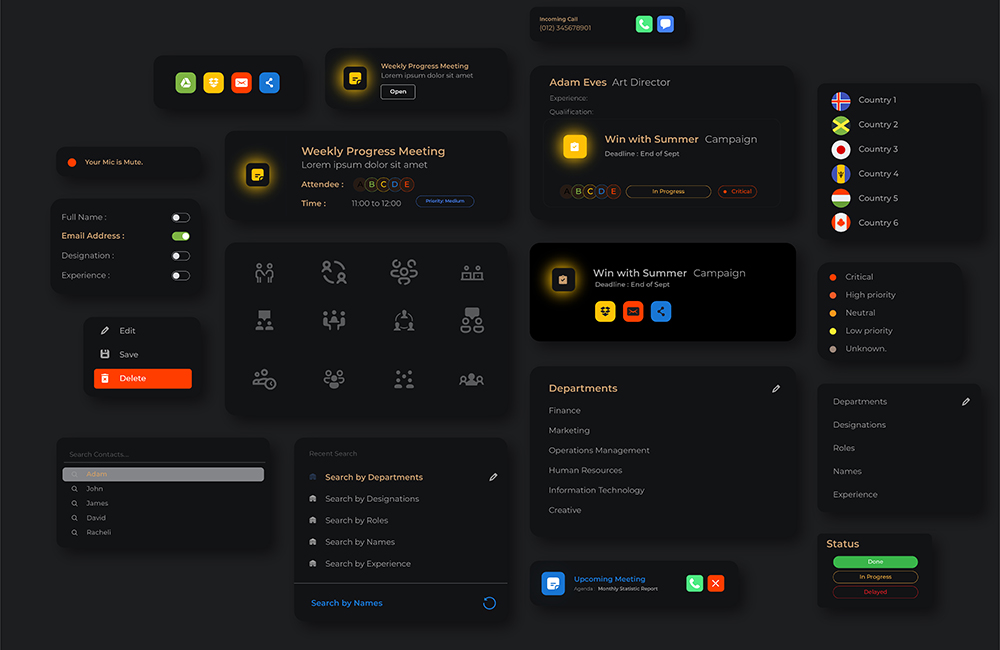How to Design a Dashboard: A Comprehensive Guide for Effective Data Visualization
February 2024

In today's data-driven world, dashboards play a crucial role in providing insights and driving decision-making across various industries and domains. Whether you're designing a business intelligence dashboard, a project management dashboard, or a marketing analytics dashboard, effective design principles are essential to ensure clarity, usability, and impact. In this comprehensive guide, we'll explore the key steps and best practices for designing a dashboard that effectively communicates insights and enhances user experience.


